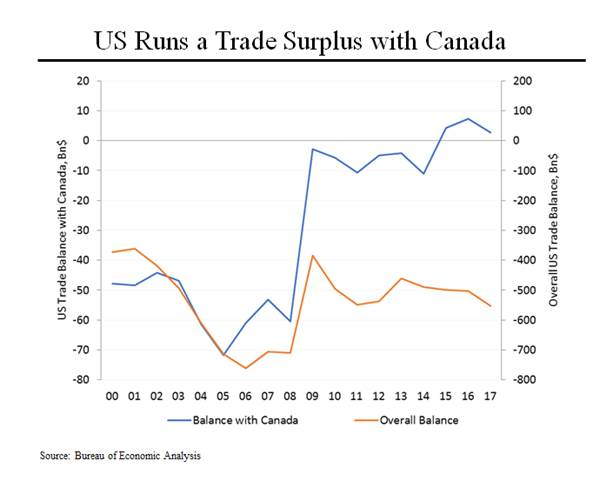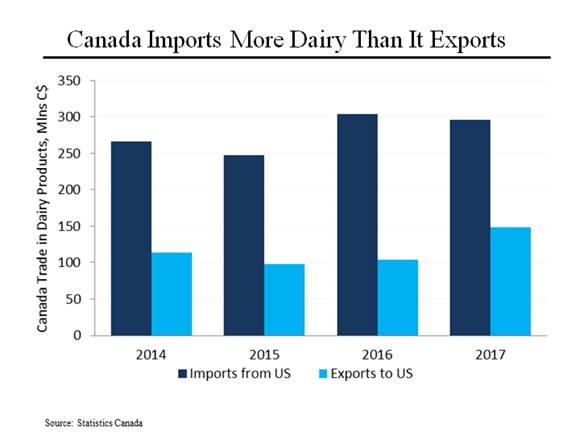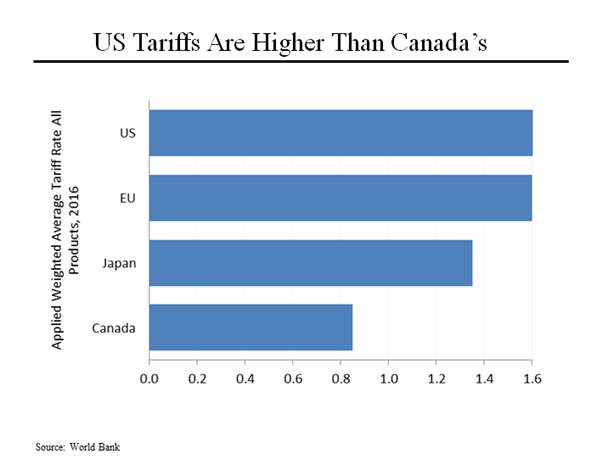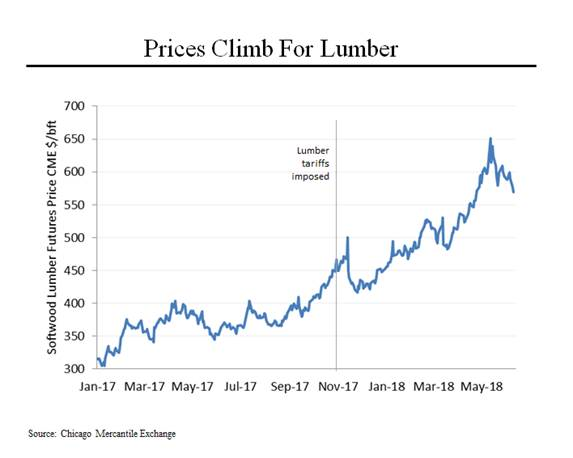On MSNBC’s Morning Joe today, Steven Rattner detailed Trump’s misleading claims about US trade with Canada – from the trade balance figures to the tariffs charged to the very real cost it’s inflicting on US companies and consumers.
Lost in the commotion over President Trump’s attacks on Canadian Prime Minister Justin Trudeau is the fact that our trade position with Canada is far different than what Mr. Trump has portrayed.
For starters, we actually have a trade surplus with Canada. That’s in large part because our northern neighbor is by far our largest export market, with almost $300 billion of goods sent there last year. (Mexico is a close second; China is third.) It’s important to understand that due to both Canada’s close proximity and the North American Free Trade Agreement, many products flow back and forth across the border. For example, last year we exported almost $50 billion of cars and trucks to Canada and imported about $60 billion of vehicles from Canada. (The sharp recovery in our trade position in 2009 was due to the financial crisis.)
President Trump has complained repeatedly about Canada charging us “270%” on dairy imports while we charge them “nothing.” The reality is that we have a substantial trade surplus with Canada in dairy products; as this chart shows, we export roughly twice as much in dairy to Canada as we import from them. What also makes the dairy fight pretty ridiculous is that our total dairy trade with Canada is less than $500 million, a small fraction of nearly $700 billion of overall trade with the country last year.
Nor are Canada’s tariffs on imports particularly high. In fact, they are the lowest of the major developed countries and just over half the level of the tariffs that we put on imports.
Canada also provides a real-time example of how tariffs hurt consumers. Last November, President Trump imposed a 21% tariff on Canadian lumber imports, which amount to more than 25% of the lumber used by American homebuilders. Since then, lumber prices are up 27%. The National Association of Home Builders has estimated that the tariffs will result in about 9,400 construction jobs lost, while raising the price of the average single-family home by $6,388.






